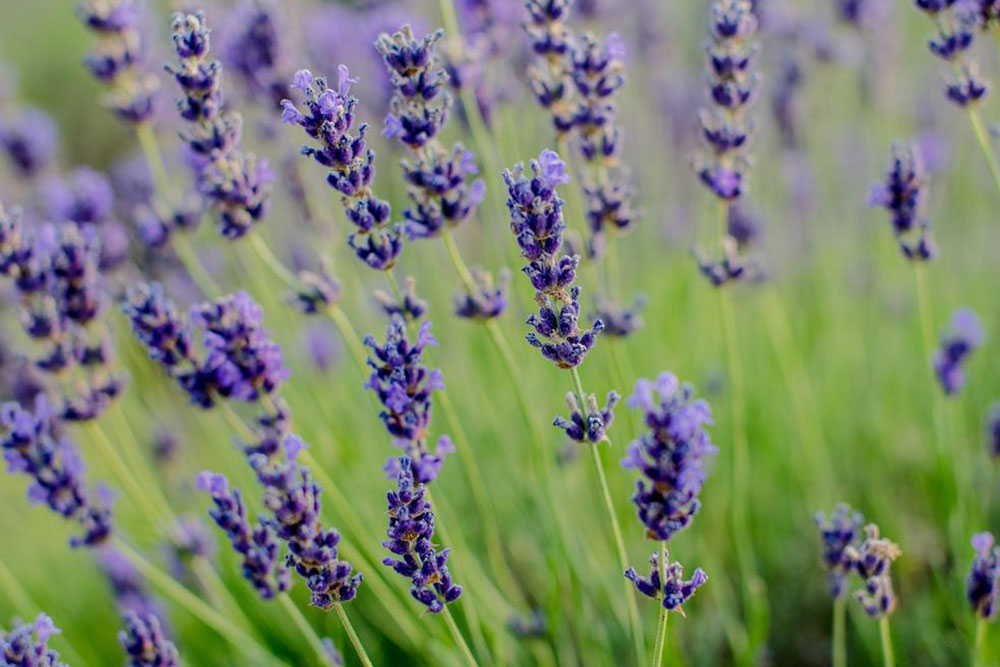Tips for growing lavender flower plants
Lavenders come from the flower plants in the mint family, Lamiaceae. Lavender is a multi utility flower plant and are vibrantly purple and hence loved by people across the globe. Lavender is used to make essential oil which itself has many uses. There are also many culinary uses of lavender. Some health benefits are also associated with lavender such as help with anxiety and stress, sleep issues, anti-inflammatory quality, help with skin care and hair, has antiseptic ability too. There are more health benefits too that one can get from lavender plants.
Plants are delicate and need to be cared for to grow and bloom healthy and beautifully.

When you are starting to plant a lavender plant, the soil it requires must be well-drained and should be low fertile. Lavender prefers alkaline soil, so the pH should be 6.5 or more, but not more than 7.3. A simple soil test will help you determine the soil pH and other information.
The plant you have brought to grow at your home will flourish or not will depend on the weather condition you provide it. Usually this will not a problem if the plants is bought from the near by botany garden.
Sun is important for lavender plants. Make sure you show them the sun for at least 5-6 hours a day. More sunshine is always better for lavender flower plants.
Try to avoid over watering them. Many make the mistake of over watering them and that is not good for the plants. They don’t need too much water, so less is more here.
If you are growing many plants in the garden, make them grow in the raised bed so that get proper drainage.
Fertilizing is not necessary for lavenders.
The best time to prune them is in late fall. Lavenders don’t divide as easily as other perennial plants. That is why you can move them by lifting them and replant them immediately after. This is best done in spring just after new growth has started.

